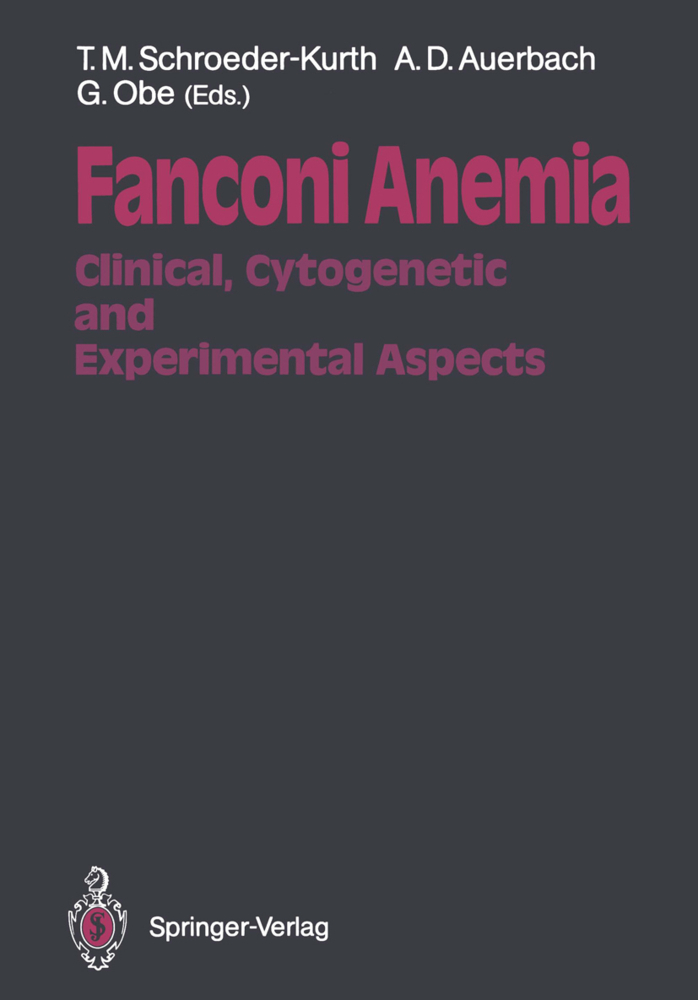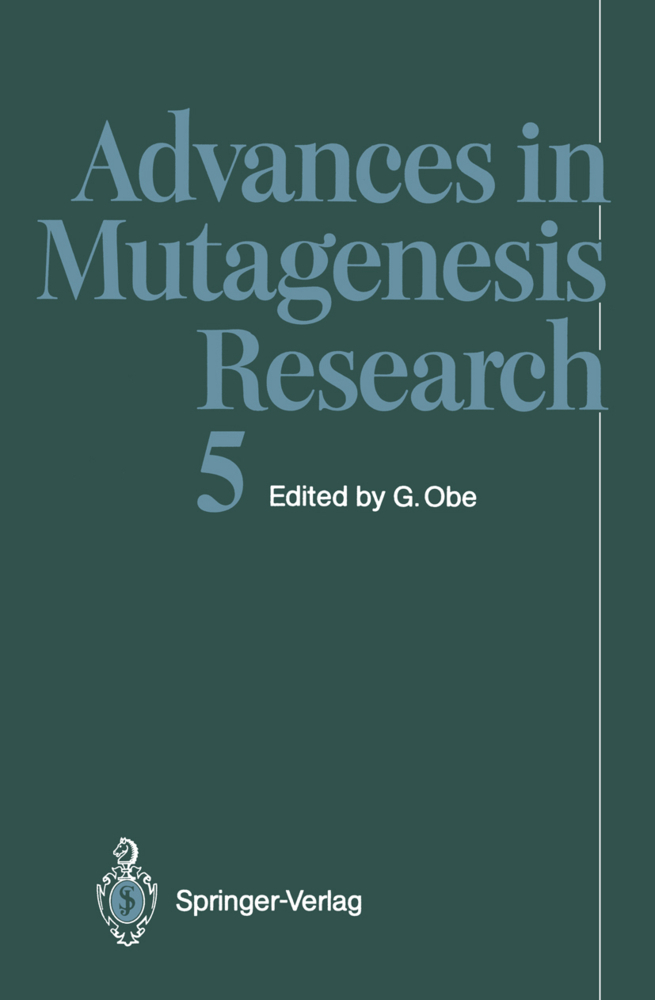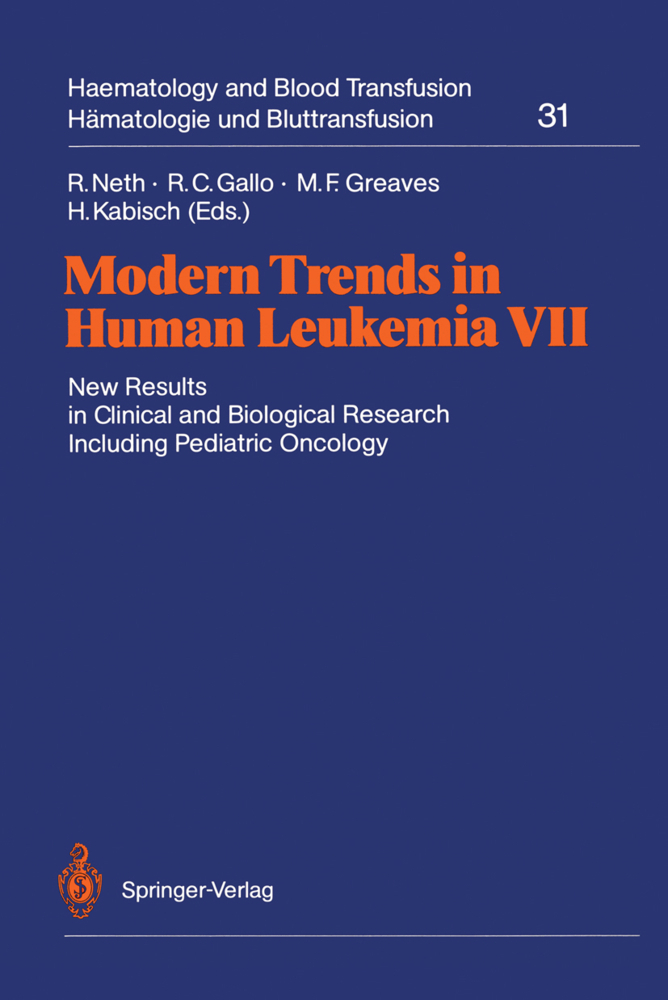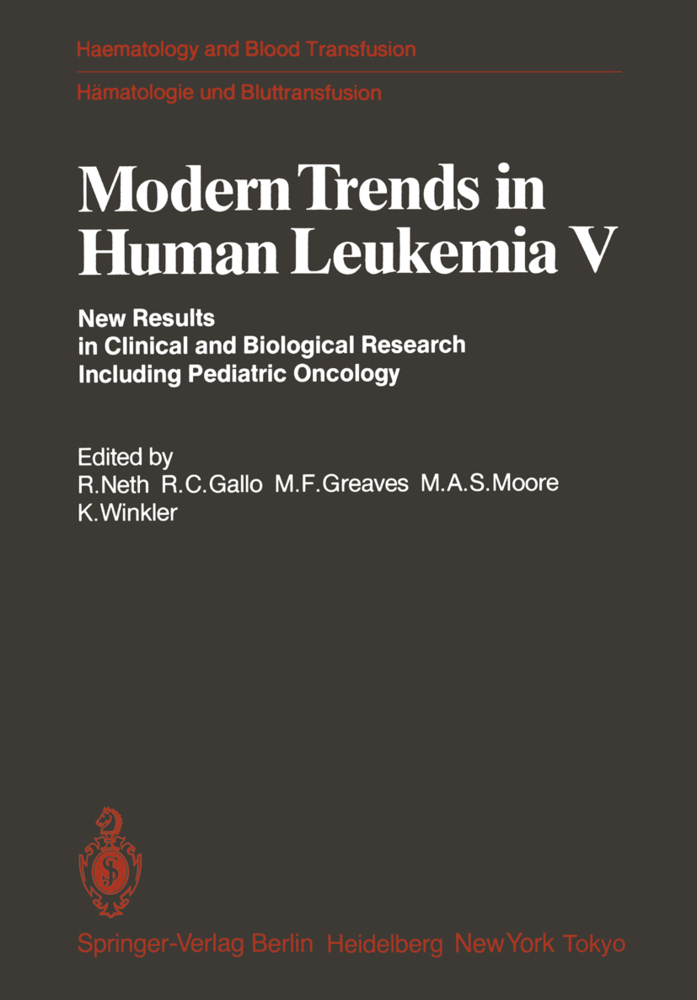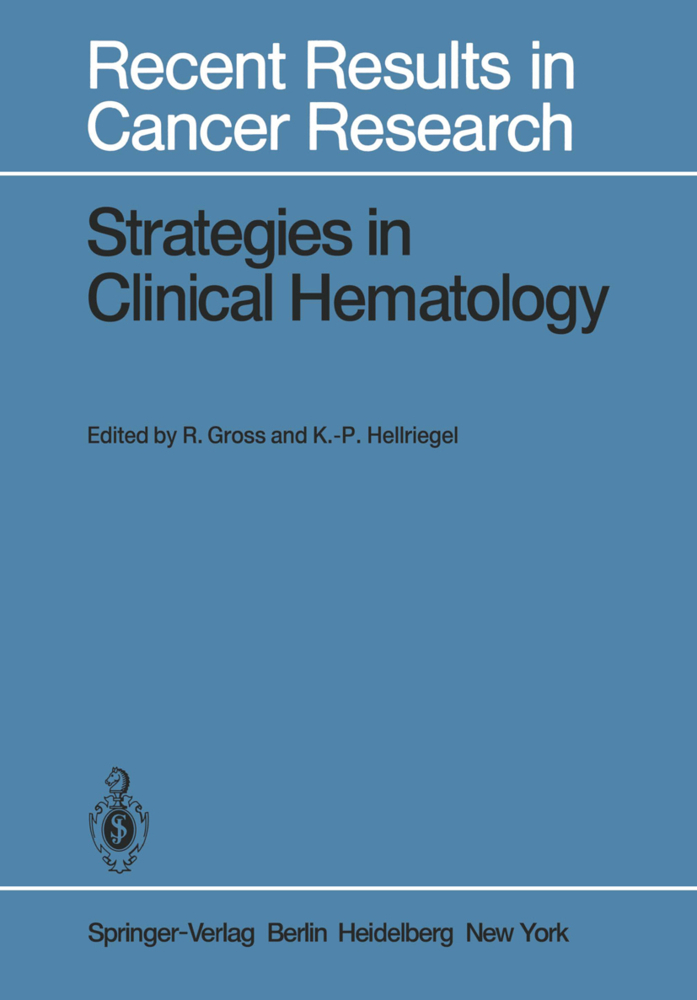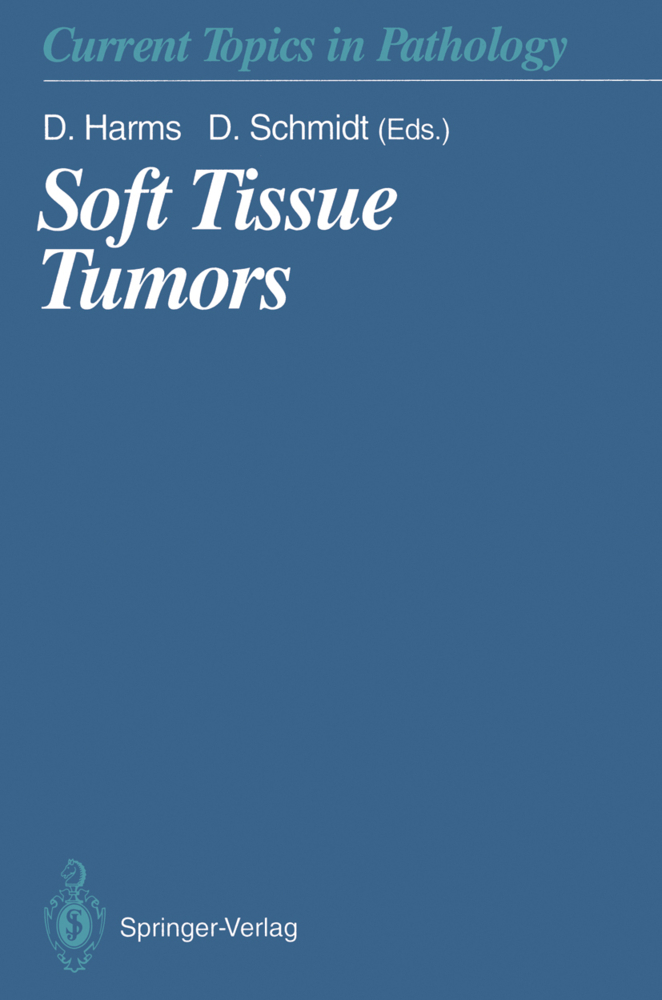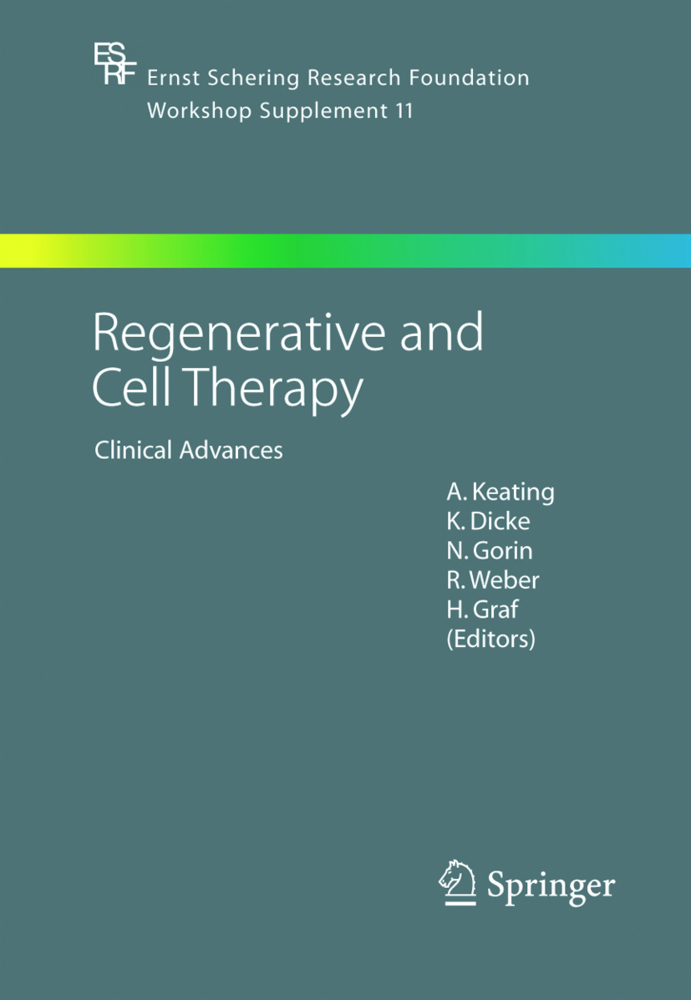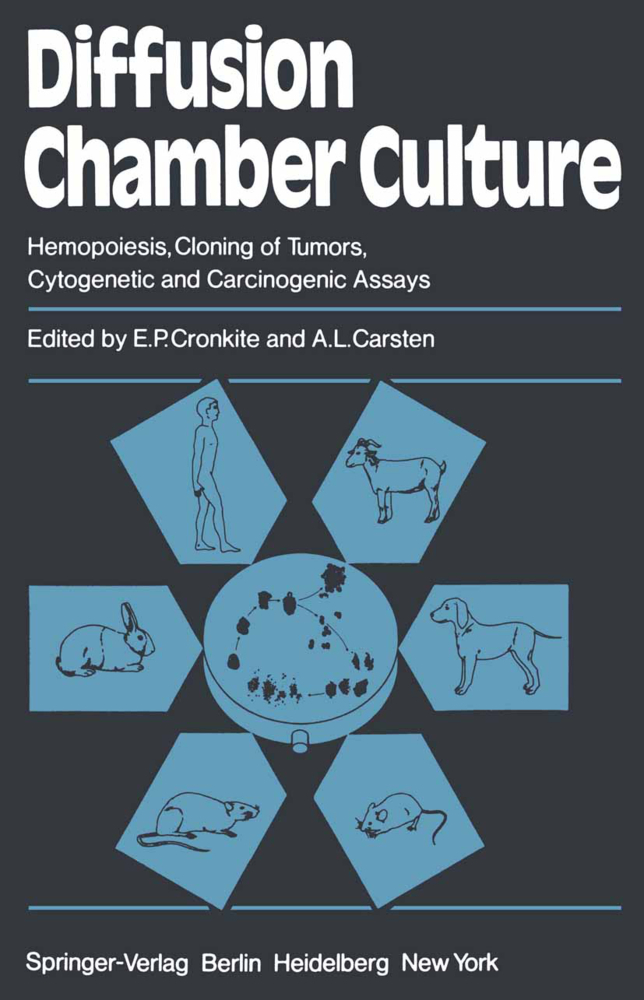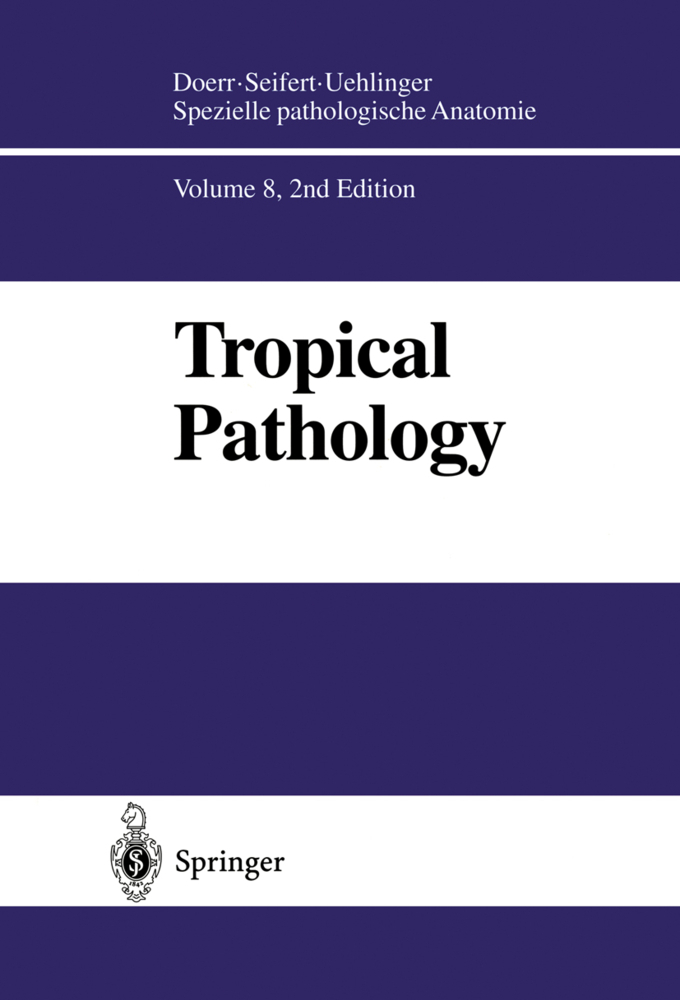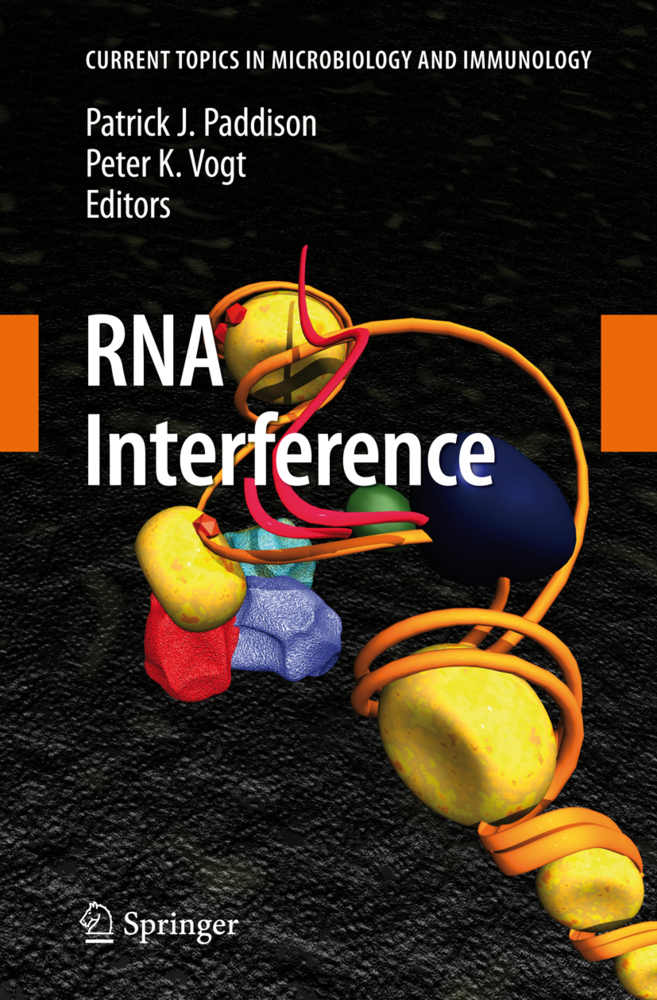Fanconi Anemia
Clinical, Cytogenetic and Experimental Aspects
Fanconi Anemia
Clinical, Cytogenetic and Experimental Aspects
Sixty years ago, G. Fanconi published a paper entitled: "Familiiire infantile pemiziosaartige Aniimie (pemizioses Blutbild und Konstitu tion)", in which he reported that this type of severe aplastic anemia represents a hereditary disease distinct from other pancytopenias of childhood (Fanconi 1927). Later this syndrome was named Fan coni anemia (FA; van Leeuwen 1933). A more recent study of the genetics of FA confirmed that the syndrome is inherited in an au tosomal recessive manner (Schroeder et al. 1976). Prenatal diagno sis in FA families showed that about 25% of fetuses are affected (Auerbach et al. 1985, 1986). In 1964, Schroeder et al. discovered high frequencies of chro mosomal aberrations in cultured peripheral blood lymphocytes from patients with FA. Schuler et al. (1969) reported that cells from FA patients are particularly sensitive to the chromosome-breaking activity or clastogenic effect of a polyfunctional alkylating agent. Since that time, studies of baseline and induced frequencies of chromosomal aberrations have been used for the identification of patients with FA. There is now a large body of data concerning the possible mechanism(s) underlying the hypersensitivity of FA cells to DNA cross-linking agents, the biochemical basis for which is still unknown. Complementation analysis, using cells from different FA pa tients, has demonstrated genetic heterogeneity in the syndrome.
Fanconi Anemia in The Netherlands
Clinical Aspects of a Cluster of 42 Patients in South Africa with Fanconi Anemia
Therapeutic Aspects of Fanconi Anemia
Bone Marrow Transplantation for Fanconi Anemia
II Spontaneous and Induced Chromosomal Breakage for Diagnosis of Patients with Fanconi Anemia and Their Relatives
Diepoxybutane Test for Prenatal and Postnatal Diagnosis of Fanconi Anemia
Chromosomal Breakage in Response to Cross-linking Agents in the Diagnosis of Fanconi Anemia
Cytogenetic Studies in Fanconi Anemia: Induced Chromosomal Breakage and Cytogenetics of Leukemia
Aplastic Anemia and Fanconi Anemia: Response of Lymphocytes to X-Rays and Mitomycin C
Variation in Cellular Sensitivities Among Fanconi Anemia Patients, Non-Fanconi Anemia-Patients, Their Parents and Siblings, and Control Probands
Significance of Cellular Sensitivity in a Group of Parents of Fanconi Anemia Patients
Chromosomal Studies in Fanconi Anemia Heterozygotes
III Investigations of the Defect in Fanconi Anemia Cells
BrdU-Hoechst Flow Cytometry Links the Cell Kinetic Defect of Fanconi Anemia to Oxygen Hypersensitivity
Oxygen Metabolism and Chromosomal Breakage in Fanconi Anemia
Cellular Effects of Fanconi Anemia Genes and Their Correction by Microinjection
Phenotypic and Genetic Heterogeneity in Fanconi Anemia, Fate of Cross-Links, and Correction of the Defect by DNA Transfection
IV Complementation Studies in Fanconi Anemia
Complementation Studies in Fanconi Anemia
Complementation and Gene Transfer Studies in Fanconi Anemia
Complementation Studies in Fanconi Anemia Using Cell Fusion and Microinjection of mRNA
V Fanconi Anemia: The Family's Point of View
FanconiAnemia: The Family's Point of View.
I Clinical and Therapeutical Aspects
International Fanconi Anemia Registry: First ReportFanconi Anemia in The Netherlands
Clinical Aspects of a Cluster of 42 Patients in South Africa with Fanconi Anemia
Therapeutic Aspects of Fanconi Anemia
Bone Marrow Transplantation for Fanconi Anemia
II Spontaneous and Induced Chromosomal Breakage for Diagnosis of Patients with Fanconi Anemia and Their Relatives
Diepoxybutane Test for Prenatal and Postnatal Diagnosis of Fanconi Anemia
Chromosomal Breakage in Response to Cross-linking Agents in the Diagnosis of Fanconi Anemia
Cytogenetic Studies in Fanconi Anemia: Induced Chromosomal Breakage and Cytogenetics of Leukemia
Aplastic Anemia and Fanconi Anemia: Response of Lymphocytes to X-Rays and Mitomycin C
Variation in Cellular Sensitivities Among Fanconi Anemia Patients, Non-Fanconi Anemia-Patients, Their Parents and Siblings, and Control Probands
Significance of Cellular Sensitivity in a Group of Parents of Fanconi Anemia Patients
Chromosomal Studies in Fanconi Anemia Heterozygotes
III Investigations of the Defect in Fanconi Anemia Cells
BrdU-Hoechst Flow Cytometry Links the Cell Kinetic Defect of Fanconi Anemia to Oxygen Hypersensitivity
Oxygen Metabolism and Chromosomal Breakage in Fanconi Anemia
Cellular Effects of Fanconi Anemia Genes and Their Correction by Microinjection
Phenotypic and Genetic Heterogeneity in Fanconi Anemia, Fate of Cross-Links, and Correction of the Defect by DNA Transfection
IV Complementation Studies in Fanconi Anemia
Complementation Studies in Fanconi Anemia
Complementation and Gene Transfer Studies in Fanconi Anemia
Complementation Studies in Fanconi Anemia Using Cell Fusion and Microinjection of mRNA
V Fanconi Anemia: The Family's Point of View
FanconiAnemia: The Family's Point of View.
Schroeder-Kurth, Traute M.
Auerbach, Arleen D.
Obe, Günter
| ISBN | 978-3-642-74181-4 |
|---|---|
| Artikelnummer | 9783642741814 |
| Medientyp | Buch |
| Auflage | Softcover reprint of the original 1st ed. 1989 |
| Copyrightjahr | 2012 |
| Verlag | Springer, Berlin |
| Umfang | XX, 264 Seiten |
| Abbildungen | XX, 264 p. |
| Sprache | Englisch |

